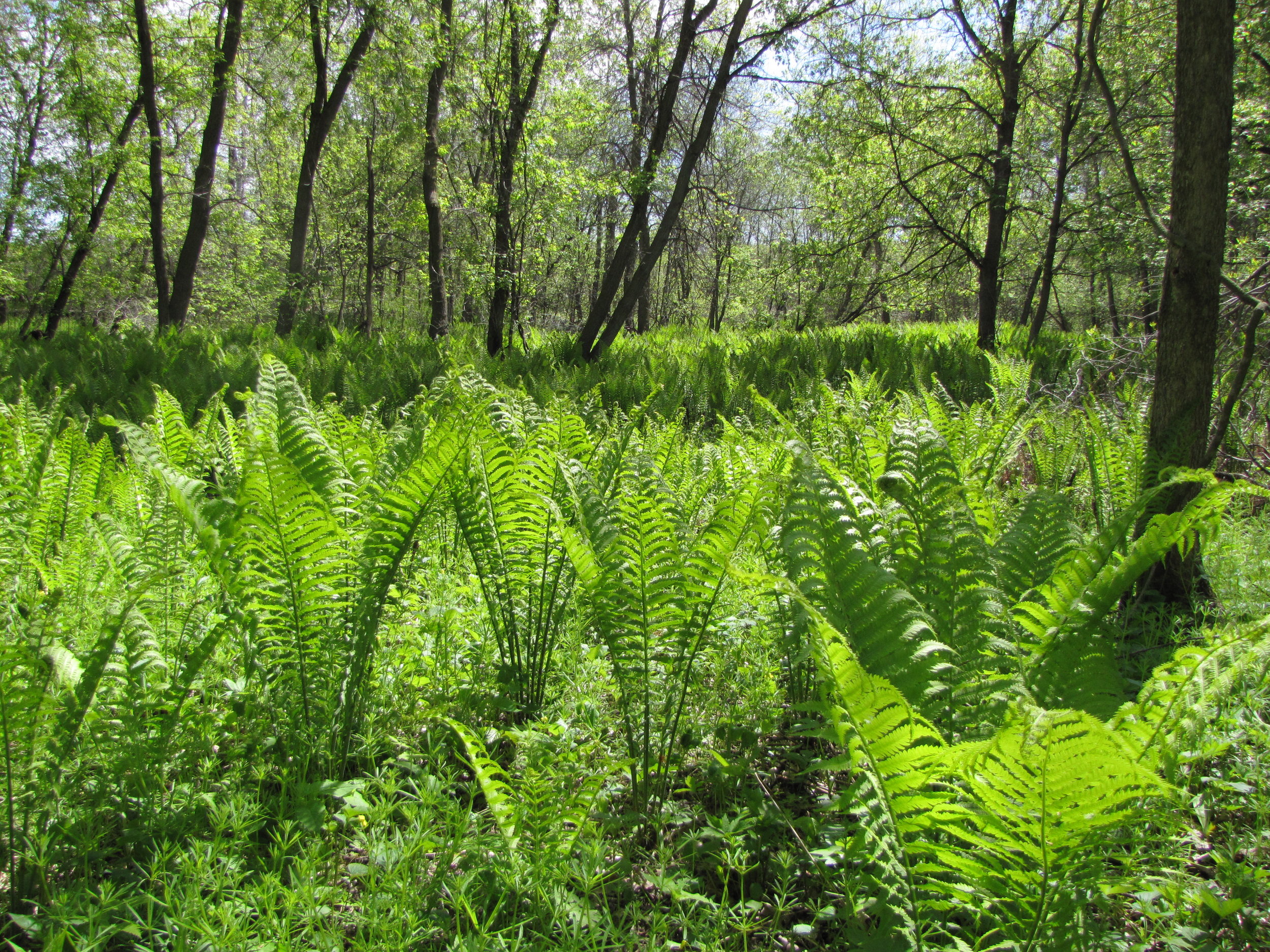It is the time of eggs and nests, young following around the grownups. Some hatched long ago this spring and now look much like an adult. Others are eggs just laid in hidden bowers. So you probably know that baby birds are generally called chicks. Unless it is a duck. Then it is a duckling! But before I wander down off that path, lets learn some vocabulary for dealing with baby birds in general.
Fresh out of the egg, most birds are naked and have their eyes shut. These are called Hatchlings, for a few days. Some birds (like ducks) do not go through that stage. After a few days they are covered in down, eyes open. These are called nestlings! They don't leave the nest at this stage and are totally dependent on the parent birds. Then the feathers grow in, the young birds start climbing out of the nest and practicing flying. These are the fledglings. These are the kind usually found by well meaning souls who think they are abandoned. In reality, the parents are still feeding them, where ever they are around the nest. They are at increased risk from predators, but that is part of the cycle of life in the bird world. Lots of eggs are laid, a good number of them hatch, some make it to adult, and a few come back and start the process over again.
As I said earlier, not all birds go through all three stages. Woodducks are fluffed out at hatching, and almost immediately go out the edge of the hole or nest, usually 10 feet or more in the air, and jump! To survive the ducklings need to get to the water as soon as possible. Ducks do not feed their ducklings in the nest. Most water fowl abandon the nest soon after hatching. The nest is an easy sight for predators. The ducklings, goslings, cygnets (goose), loonlets, are on the move, resting by riding along on the backs of the adults.
Turkeys have poults, guineafowl have keets. Cranes have colts. All of these young are built ready to run. A baby puffin is called a puffling. and hawks have eyas.
Now you know what to call those babies, not that they really care, but you will sound knowledgeable to those who listen! So go out in nature and if you find a nest, leave it be! Those nestlings have a rough life ahead of them. A quick peek is fine, but the parents are really busy feeding those not so little mouths!







